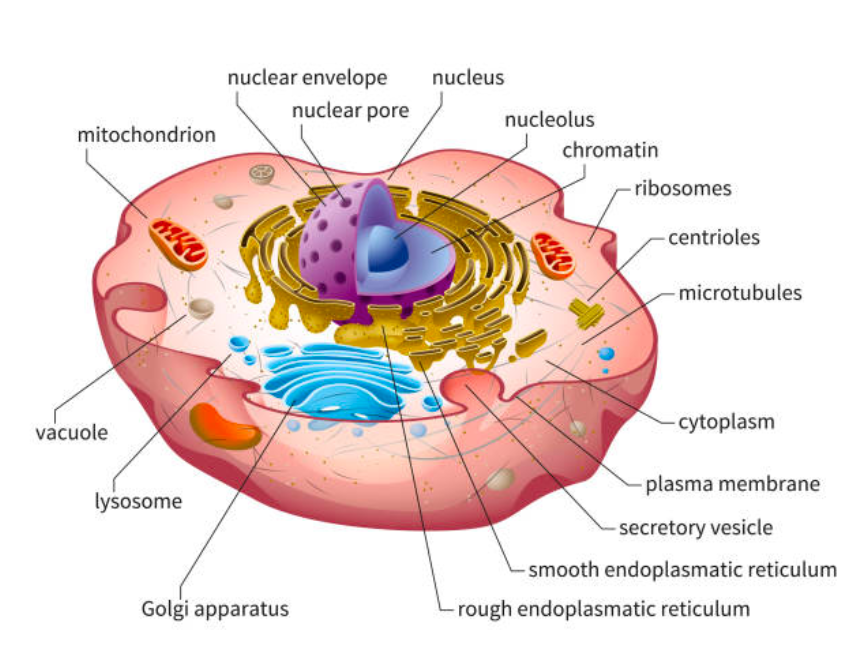The Implications of Genetic Testing for Our Health
How can we create more sustainable lifestyles for better health and higher impact? Genetic testing might provide a solution.
Technological progress has had many benefits for our population such as poverty alleviation, social inclusion, and improved education. One area which has experienced especially strong spillover effects is population health. Since the 1960s, genetic tests have developed as a tool for healthcare providers to gain insights into a patient’s genetic background.
The sequencing of the whole human genome in 2020 was another breakthrough in the history of genetic testing. Genetic testing can be described as the analysis of a specific gene, its product or function, or other DNA and chromosome analysis, to detect or exclude alterations likely to be associated with a genetic disorder (Harper, 1997).
The Human Cell
To get a better understanding of genetics, we first must understand the composition of the smallest building blocks within our body. Our cells are regarded to be the smallest unit of a living being. Human cells come in different sizes; however, they are all quite small and can only be seen under a microscope. A cell is fueled by the organelles inside of it called mitochondria. Most importantly every cell contains a nucleus that contains the DNA. DNA is the genetic instruction for the organism.

The human body consists of many different cells such as blood cells, muscle cells, skin cells, nerve cells, and secretory cells, each of which has a nucleus containing DNA.
Genes are sections of DNA and determine certain characteristics such as the color of our hair. There are approximately 25.000 genes in our DNA. To summarize we can say that a gene is a specific section of DNA that is responsible for a specific trait. All genes in summary make up the genome or chromosome set.
Every healthy human has 23 chromosome pairs, each parent contributes one chromosome of each pair to their offspring. The chromosome pairs numbered 1 to 22 are autosomes while chromosome pair 23, are the sex chromosomes X and Y which determine the gender (National Human Genome Research Institute, 2022). Females have two X chromosomes, while males have one X and one Y chromosome.
While the genes we inherited determine our physical features such as eye and hair color, they also are responsible for our health and predispositions for certain diseases. While traditional genetic testing used to focus on the diagnosis of a single gene-disorders such as Huntington’s disease, genetic testing is now also utilized for ascertaining genetic susceptibility to developing the disease in the future (Khoury et al., 2006).
Taking a genetic test is not only useful for understanding predispositions to certain diseases, and taking preventative action, but it can also help you learn about your metabolic health and adjust your nutritional intake accordingly. Preventative healthcare means that you don’t wait until you are sick but instead act early in life to avoid the consequences of serious health issues. It is often simple lifestyle changes that can have a great impact on our health in the long term.




Leave a Reply